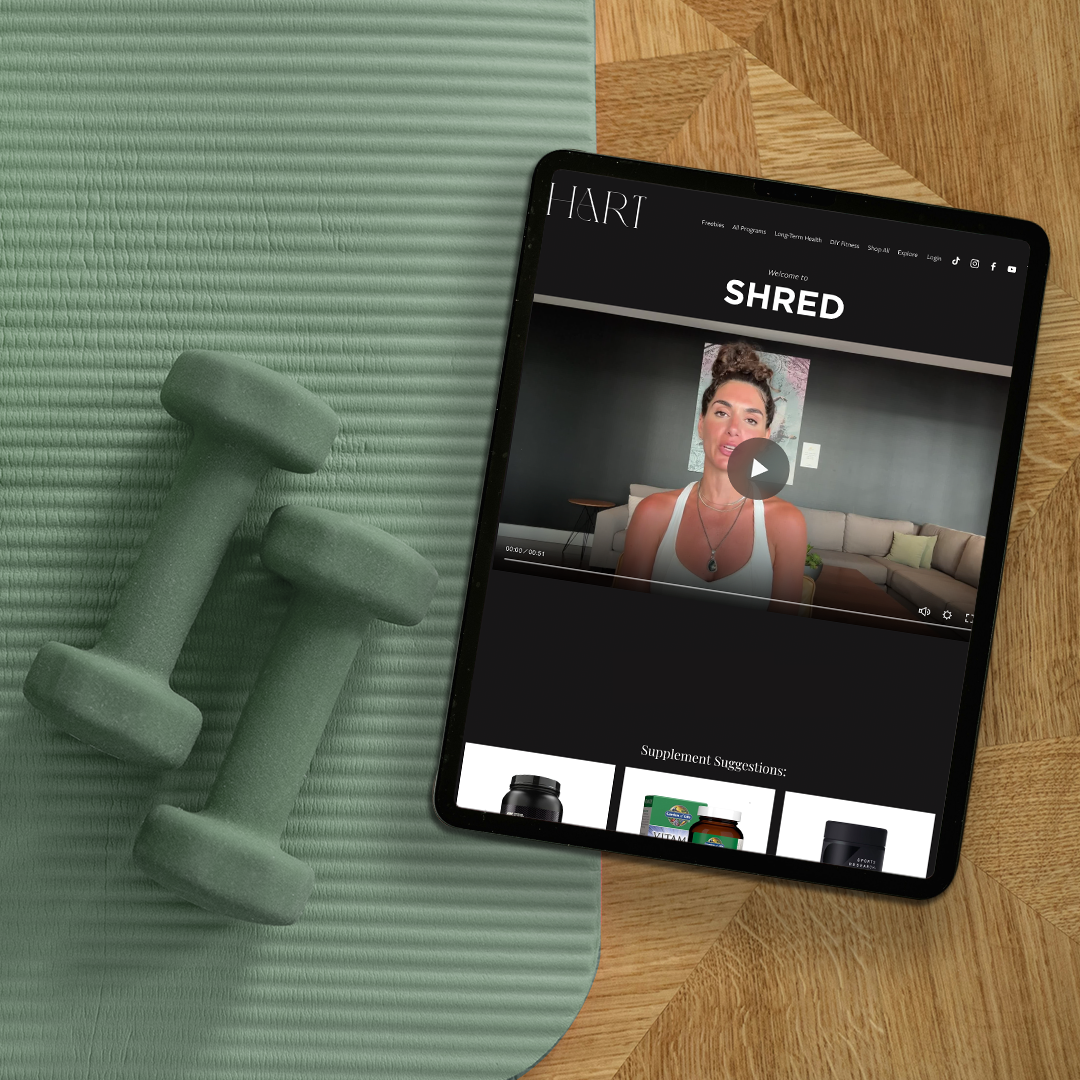I Want to Reverse Diet But I Don’t Want to Gain Weight- HELP!
Reversing diet is an effective way to boost your metabolism and increase your caloric intake. It involves gradually increasing your food intake week to week while focusing on the quality of the food you eat.
This process can be a helpful way to recover from a restrictive diet, improve your athletic performance, improve hormonal done regulations and enhance your overall health and well-being.
After working closely with hundreds of clients in reverse dieting over the last decade, I’ve discovered a few key variables that make a difference in minimizing weight gain. Here are my top six suggestions.
1. Calculate your baseline caloric intake
To reverse diet, you first need to identify the number of calories you currently consume daily, which is your baseline. You can use an online calculator to determine your daily energy expenditure and track your calorie intake for a week to get an accurate picture. After tracking your intake for a week, take the average from there and start increasing by 50-100 calories every week.
2. Increase your calories gradually
The key to reverse dieting is to incrementally increase your caloric intake each week. Start by adding 5-10% of your baseline intake, and then increase it by 5-10% every week thereafter. You can adjust the percentage increase based on how your body responds.
3. Focus on whole, nutrient dense foods
To gain the maximum benefits from your reverse diet, the quality of your food matters! Focus on consuming nutrient-dense whole foods such as leafy greens, fruits, whole grains, lean proteins, and healthy fats. Avoid processed foods, refined sugars, and saturated fats.
4. Monitor progress and adjust accordingly
As you increase your calories, monitor your progress by tracking your weight, body composition, and how your clothes fit. If you notice any undesired changes, you can adjust your calorie intake or focus on consuming more protein to maintain muscle mass. I always say if the scale weight increases more than 2 pounds in two consecutive weeks, stop increasing calories and allow your body to adjust to its new set point before increasing again.
5. Incorporate resistance training
This one is big! I sometimes get asked if you can be successful on a reverse diet without strength training. The answer is yes, of course, but I don’t recommend it. Here’s why: As you increase your calories, incorporating resistance training into your exercise routine helps maintain muscle mass, which increases your metabolism, allowing you to burn more calories at rest and reducing the likelihood of putting on body fat.
6. Practice mindful eating
During your reverse diet, practice mindful eating by paying attention to your body's hunger and fullness cues. Eat slowly, chew your food well, and savor each bite. Avoid distractions such as watching TV or scrolling while eating.
Reverse dieting can be a healthy way to increase your caloric intake while speeding up your metabolism. The key is to gradually increase calories over time, focus on nutrient-dense whole foods, and monitor progress regularly.
If you need help getting started on your reverse dieting program, my metabolic mastery program might be a perfect fit for you!


















